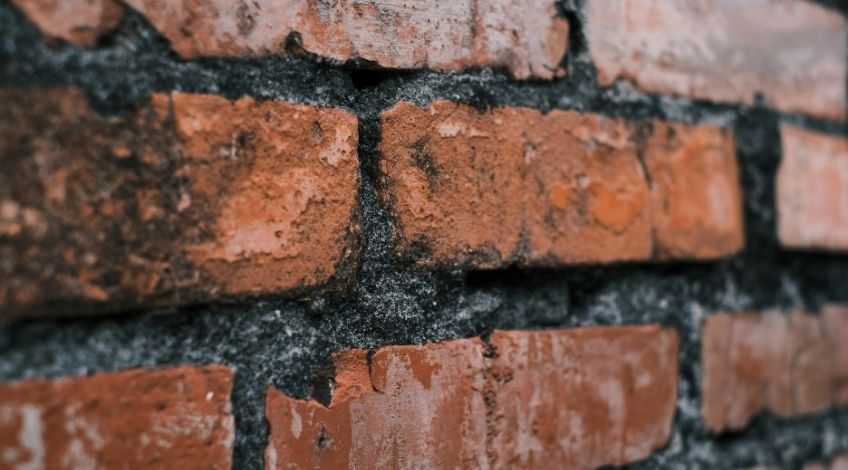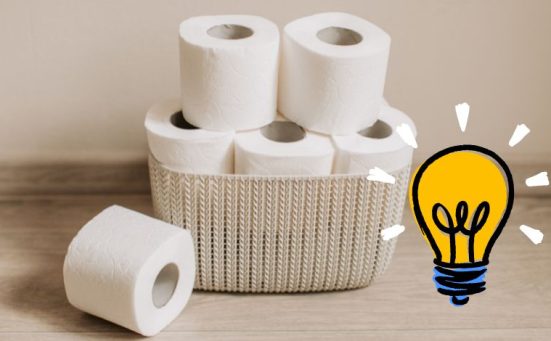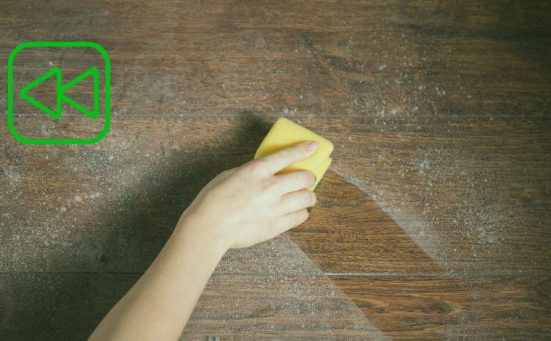
Pressure Washing Brick? Read This First
Once you start using a pressure washer and find out how satisfying and fun it is to use, you’ll be on the lookout for more and more things to pressure wash. If you’ve done the drive, the patio, the decking, the car, the boat, the barbeque and even the motorbike, what’s left? How about the brickwork?
Before pressure washing brick there are a few things you need to know,
- High-powered water can damage bricks
Bricks aren’t as strong as concrete, most house bricks are constructed from clay that is hardened in a furnace. - Damaged pointing causes water damage
If the pointing is already damaged, water can seep into the walls and cause damage. Loose mortar can be dislodged by the water at high-pressure. - High-pressured water can remove the bricks natural waterproofing
Allowing water to get into the structure of the building. - Trapped water can cause mould
Wet conditions are the breeding grounds for the bacteria that cause moulds and mildew.
How To Prevent Water Damage To Bricks When Pressure Washing

If you’ve decided on pressure washing your brickwork, be sure to prepare it correctly before you start. Inspect the bricks and mortar for any damage, lost mortar cracked bricks etc. Repair any pointing at least 7 days before you start pressure washing the bricks.
We know this is a pain because you just want to get on with it. But prevention is better than cure (and cheaper). Remember if you damage the integrity of the brickwork you’ll probably need a builder to repair it and that will be costly, and time-consuming. So, only pressure wash brickwork once it’s been properly maintained.
Safety Issues When Using A Pressure Washer
There are some important safety measures that should always be undertaken before using a pressure washer for anything. They are:
- Wear PPE
To prevent personal injury you should always wear goggles, gloves, boots or closed in shoes, long trousers and long-sleeved shirts. - Cover electrical equipment
Outdoor sockets, alarm systems, power connectors, outdoor lighting, electricity meters, junction boxes etc should all be covered in plastic sheets secured with masking tape to prevent water damage. - Remove obstacles
Garden furniture, pot plants, toys, tools cables, pipes, and other trip hazards should be removed from the area you are going to work in. - Keep children and pets under control
It’s inevitable that the kids and pets will want to be outside whenever it’s a nice day and they’re always attracted to whatever is going on. But pressure washers are extremely powerful and can cause serious injury. So keep all pets and children away from the area you’re working in. Remember water rebound can still be very powerful and any loose debris has the potential to cause blindness or personal injury. - Protect any expensive plants
Plants that are growing in the ground and can’t be moved need to be covered with plastic sheeting to protect them from the detergents or flying debris from the wall being cleaned.
The Correct Way To Pressure Wash A Brick Wall
Now all the preparation is out the way, it’s time to get the pressure washer out. To avoid damage, it’s important to use the correct pressure setting and the correct nozzle as well. Set the pressure to 1000 PSi and connect the white nozzle to the lance before starting.
5 Step Guide To Pressure Washing A Brick Wall
Follow this simple 5 step guide to clean a brick wall using a pressure washer without causing any damage to the wall or to yourself.
- Wet the wall
Using the white nozzle cover the entire area with water, work from the bottom to the top to ensure an even covering of water. This is necessary to prepare the bricks for the detergent. - Cover with detergent
Using the correct detergent for use on brick (and suitable for your pressure washer), apply from the bottom up, using the black detergent nozzle. Leave to soak in for 10 to 15 minutes (or as directed on the bottle). - Use a brush attachment
To remove tough stains, use a rotary scrubbing brush attachment, this works at low-pressure so doesn’t damage the brickwork, just the stains. - Get rinsing
Once the detergent has had time to soak in, change to the white nozzle and spray from the top downwards to remove the suds and dirt. Don’t concentrate on one spot, keep the lance moving but be sure to remove all suds and dirt as you go. For really tough stains use a circular motion. - Apply sealant
Once the brickwork is completely dry, apply a sealant to protect the wall from oils, grease, acids, and other damaging substances.
Looking To Get A New Pressure Washer?
If you’re in the market for a new pressure washer, be sure to check out our guide here that outlines everything you need to know before purchasing.
Frequently Asked Questions
After pressure washing bricks, it will take 2 to 4 hours in hot weather to dry. In colder conditions, it can take 10 to 12 hours for the bricks to dry.
To prevent mould regrowing on bricks after pressure washing, apply a brick and mortar sealant.
You can use bleach to pressure wash a house but only if you want to damage the pressure washer. Bleach will damage the rubber seals and internal components.
Moss on bricks is bad because it retains water and it also can stain the brick permanently even after cleaning.
Also, follow us on Pinterest ...



